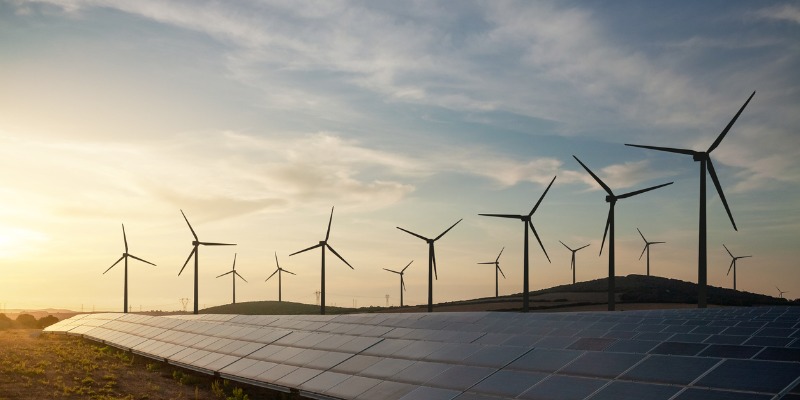
Facts About Battery Energy Storage
Battery storage for major renewable energy plants is not like the batteries you have at home. They are much larger. For example, at Moss Landing Power Plant in California, a 300-megawatt lithium-ion battery is being built to hold power from many nearby solar and wind farms. Once constructed, the plant will add another 100-megawatt batter. In total the battery will have 400MW/1600MW/hr capacity upon completion. These two batteries will be able to power 300,000 homes when energy demand outpaces supply. Technological progress has made it so we can construct massive-scale batteries safely. There are still some risks associated with lithium-ion technology, though, such as fire and explosions, so proper care must be taken. Usually, that means controlling heat, as a thermal runaway is the primary cause of these issues.Lithium-Ion Batteries
The major battery technology used in concert with renewable energy sources is that which is found in lithium-ion batteries. While they do run the risk of accidents, no technology is without some level of risk. These batteries offer an excellent solution for storing renewable energy as they are relatively low-cost. There are other advantages of these batteries, too, including:- Lightweight: Lead and acid options weigh at least twice as much as lithium-ion batteries. Transportation and handling are simpler for low-weight options.
- Lifespan: Depending on the use case and the manufacturing details of a lithium-ion battery, they may last as long as 15-20 years. Many Lithium-ion batteries can be re-purposed for “second-Life” use in lower-demand applications such as residential energy storage.
- Simple replacement: At the end of their lifespan, these batteries can simply be swapped out with new ones, causing little disruption to the overall system.
- Low maintenance: A lithium-ion battery in consumer applications typically does not need maintenance. In industrial applications, it needs very little maintenance.
- End of Life: Some recycling methods are available but production still heavily outweighs reclamation, please dispose of your household batteries properly so as to not contaminate our landfills further.
The Future of Energy Storage Beyond Lithium Batteries
In our search for better ways to store energy generated by green power sources, there are many potential leads. Right now, some of the most promising options that are being developed include:- Burning ammonia for fuel (it is carbon-free)
- Sodium-ion batteries
- Liquid air storage
- Aluminum- Air & Iron-Air batteries (early development)